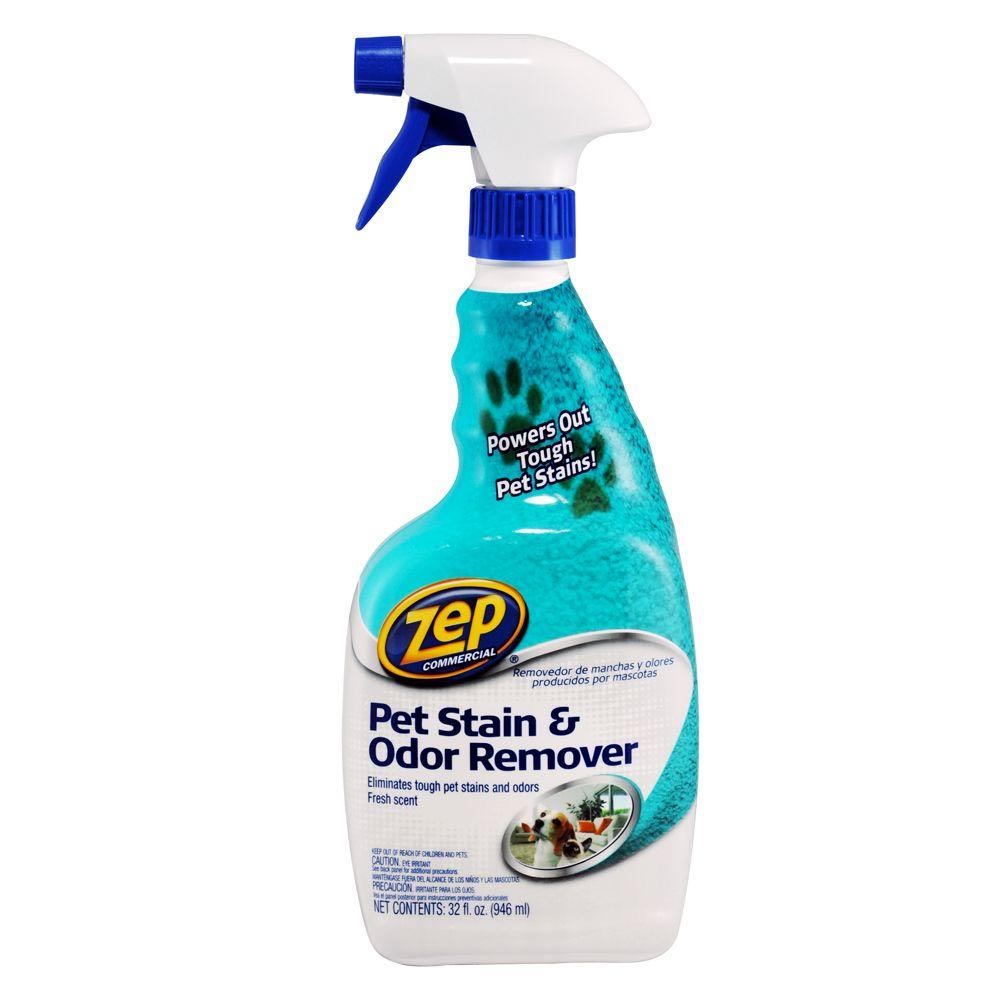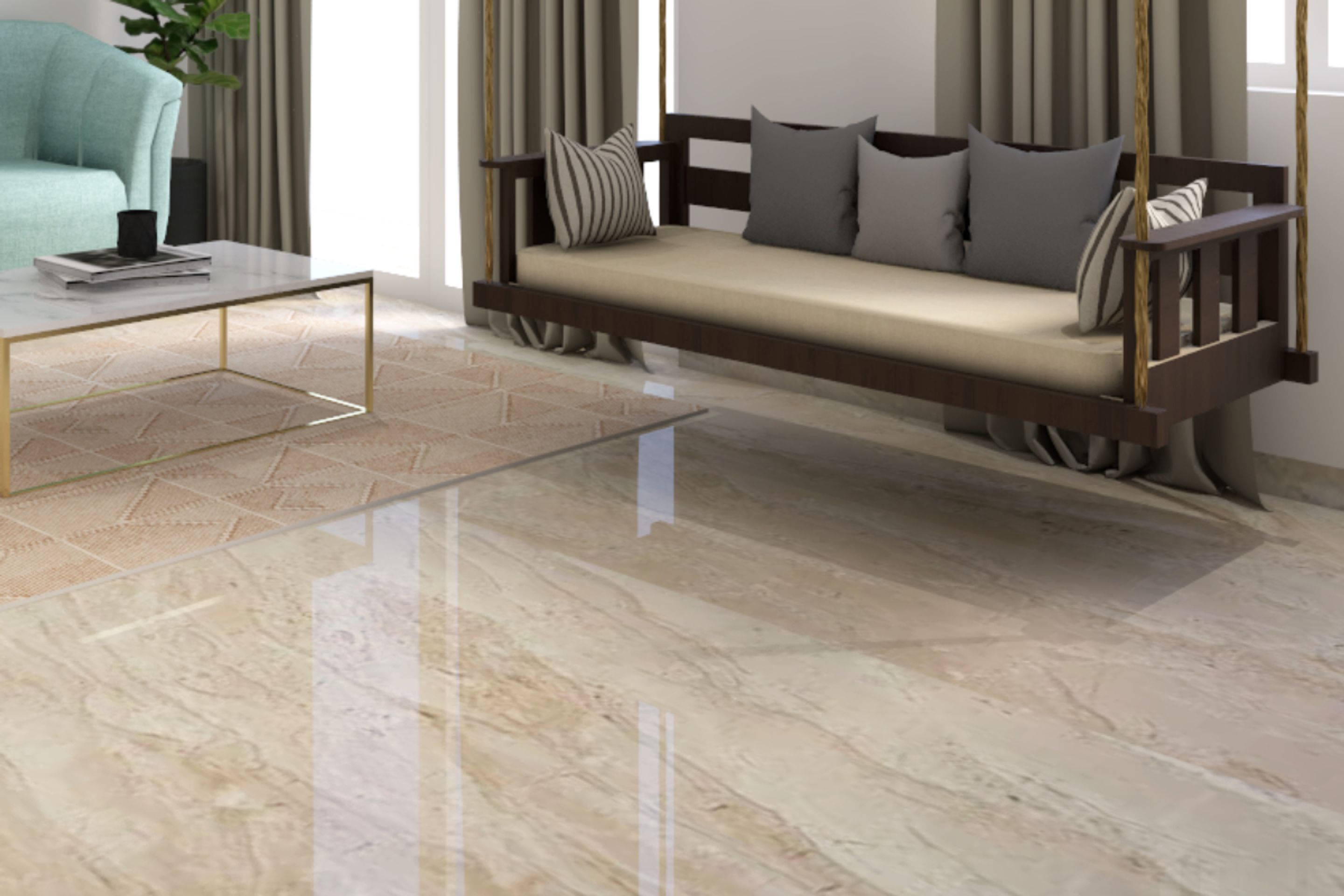
- Additionally, selecting durable glazing materials that are resistant to cracking, fading, or discoloration can help maintain the appearance and functionality of your curtain wall system.It is an exterior finish material that is installed over the wall framing or building support structure.The owner of the premises will also find that their energy bills decrease due to the lesser need for artificial light and heating.These systems, made up of lightweight materials and designed to protect the interior from the elements, provide numerous benefits for both architects and building owners.
Contact Us
Clear View Builders
Email: [email protected]
Phone: +19164205862
4913 Rio Linda Blvd
Sacramento, California, United States 95838
Unitized Curtain-wall system:
The panels can also be arranged in a range of patterns and configurations, providing architects with greater flexibility in their design choices. Curtain walls are a defining feature of modern architecture, giving buildings a sleek and contemporary look while providing essential structural benefits. This type of facade has become increasingly popular, not only for its aesthetic appeal but also for its energy efficiency, durability, and versatility. In this article, we will delve into the details of curtain walls, discussing what they are, their types, components, and why they are indispensable in modern building design. When it comes to the design and construction of modern buildings, curtain wall systems offer a wide range of advantages. These systems, made up of lightweight materials and designed to protect the interior from the elements, provide numerous benefits for both architects and building owners.Types of Curtain Wall System – its Details, Functions and Advantages
The versatility of curtain walls allows architects to experiment with various infill materials, such as glass, stone veneer, metal panels, louvres, and operable windows or vents. These materials are carefully chosen to meet design and functional requirements, ensuring both aesthetics and performance. Such concerns drive the modern consumer’s support for architectural designs and construction materials that reduce energy consumption. Today’s curtain wall systems can reduce a typical building’s heating demands by 40.8 percent! Curtain wall systems diminish the https://www.flipsnack.com/95FB5CFF8D6/clear-view-builders/full-view.html penetration of UV rays into a structure’s internal space, which is a health benefit for the occupants of the building. By incorporating curtain walls into building design, architects and developers can create visually appealing and sustainable structures that meet the needs of both occupants and the environment. Overall, stick-built curtain wall systems offer a range of benefits to modern building design, providing both functional and aesthetic advantages. As such, they continue to be a popular choice among architects and designers for a wide range of building types and applications. A curtain wall is a non-structural outer covering of a building that protects against the elements while adding aesthetic appeal. Unlike load-bearing walls, curtain walls do not support the building’s weight; instead, they are attached to the building’s structural framework, like a “curtain” hung around it. In addition to their efficiency and design benefits, unitized curtain wall systems also offer enhanced energy efficiency and thermal performance. The drawbacks of using such a system is reduced structural performance and visible joint lines down the length of each mullion. Finally, curtain walls foster community connection by promoting openness and transparency. Their design encourages interaction with the surroundings and neighbors, creating a sense of community. The psychological benefits of natural light can lead to improved performance and job satisfaction, creating a more conducive work environment. By embracing indoor-outdoor living, curtain walls create an inviting atmosphere that encourages relaxation and social interactions, making your home a true haven. The cavity between the two layers of glass helps to reduce noise transmission, making them ideal for buildings located in noisy environments. Another benefit of point-supported glass curtain wall systems is their flexibility. The large glass panels can be customized to fit the specific needs of the project, with a range of options for glass type, color, and finish. When selecting a semi-unitized curtain wall system, it is important to consider factors such as design flexibility, efficiency, and performance. Thermal loads are induced in a curtain wall system because aluminum has a relatively high coefficient of thermal expansion. This means that over the span of a couple of floors, the curtain wall will expand and contract some distance, relative to its length and the temperature differential. This expansion and contraction is accounted for by cutting horizontal mullions slightly short and allowing a space between the horizontal and vertical mullions. In unitized curtain wall, a gap is left between units, which is sealed from air and water penetration by gaskets. Vertically, anchors carrying wind load only (not dead load) are slotted to account for movement. 